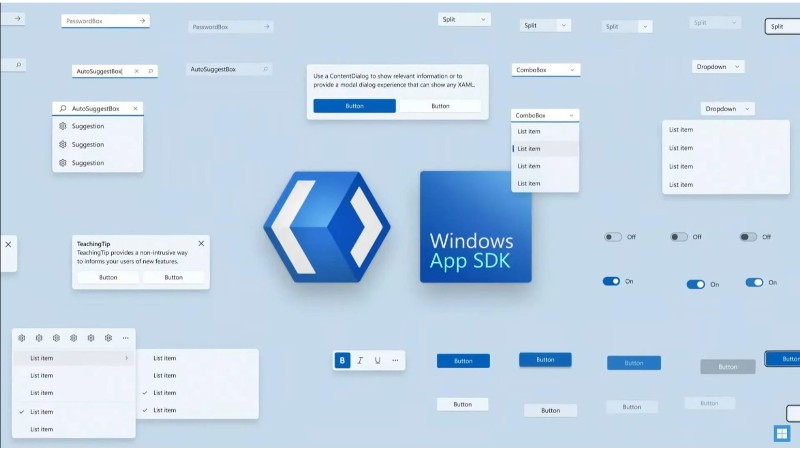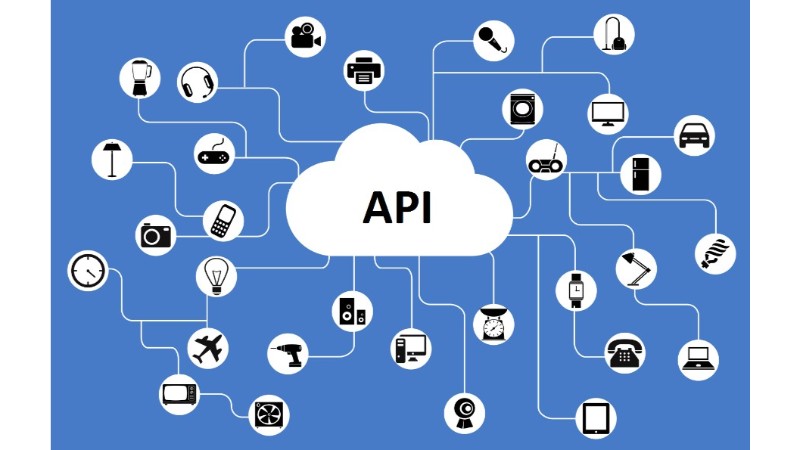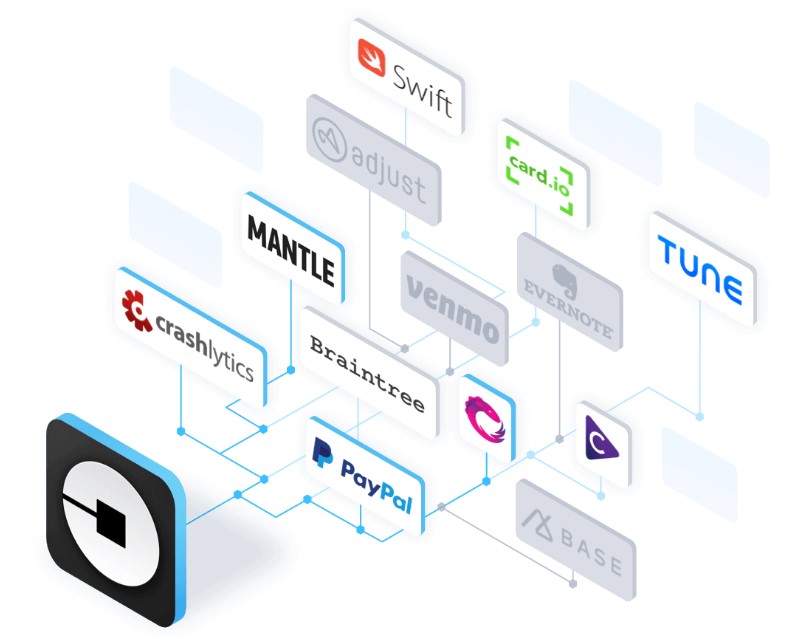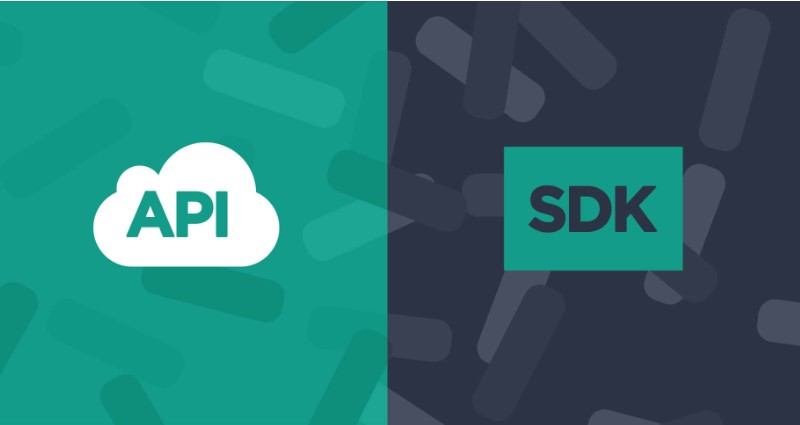Introduction to Windows Software Development Kit (SDK)

The Windows Software Development Kit (SDK) is a comprehensive set of tools for software development, providing developers the capability to create applications, frameworks, or software for various platforms, operating systems, and devices. Specifically tailored SDKs are essential for developing applications such as VR software or 3D renders, ensuring compatibility with the targeted devices.
Understanding Windows Software Development Kit (SDK)
The Windows SDK varies depending on the platform it is intended for. For instance, developers creating applications for iOS require the iOS SDK, while those targeting Android platforms need a toolkit compatible with Android. Although SDKs are commonly associated with native mobile applications, they can be utilized for set-top boxes, websites, and other digital platforms.
To ensure optimal results, developers often seek advice from high-quality custom software development companies when selecting the appropriate platforms.
 Components of SDKs
Components of SDKs
SDKs typically encompass Application Programming Interfaces (APIs), Documentation, Code Samples, Library Processes, and Developer Guides. These elements facilitate seamless integration into applications, allowing developers to create and maintain software efficiently without starting from scratch.
Inclusive Elements of SDKs:
APIs and Libraries: Pre-defined code segments enabling developers to perform programming tasks on specific platforms.
Integrated Development Environment (IDE): Visual editors aiding in designing graphical elements for software development. Examples include Xcode for Apple’s platforms and various IDEs for Android.
Tools for Development Tasks: Supporting developers in building, debugging, testing, and running applications.
Enhanced Functionality: Enabling developers to improve applications with features like ads, push notifications, etc., without starting from scratch.
The Need for SDKs
 SDKs play a crucial role in enabling developers to incorporate functionality into applications efficiently. They simplify the creation of standard features and components, from simple functions like location services to complex features such as Augmented Reality (AR) or Virtual Reality (VR). The toolkits streamline integration processes, reducing the complexity of tasks like creating authorization signatures and interpreting SMS messages.
SDKs play a crucial role in enabling developers to incorporate functionality into applications efficiently. They simplify the creation of standard features and components, from simple functions like location services to complex features such as Augmented Reality (AR) or Virtual Reality (VR). The toolkits streamline integration processes, reducing the complexity of tasks like creating authorization signatures and interpreting SMS messages.
Characteristics of the Perfect SDK
An ideal SDK should possess the following characteristics:
Ease of Use: User-friendly for other developers.
Thorough Documentation: Clear explanations of code functionality.
Ample Functionality: Adding significant value to other applications.
Minimal Impact: Should not negatively affect the mobile device’s performance.
Compatibility: Works well with similar SDKs.
Difference Between SDK and API

Introduction to Windows Software Development Kit (SDK)
While SDKs often include APIs, APIs themselves do not contain SDKs. APIs enable communication between software programs, while SDKs act as building blocks for creating applications. SDKs provide tools and components specifically designed for certain purposes, enhancing the development process.
Why Developers Need SDKs
SDKs grant developers the ability to create software that operates seamlessly on specific platforms or services. Without access to the appropriate SDK, developers would struggle to create software compatible with various environments.
Bottom Line
In the realm of business and software development, Windows Software Development Kits are indispensable. They play a vital role in the software development life cycle, contributing to the creation of cutting-edge technology. A well-chosen set of SDKs can provide a competitive edge for a software development company, laying the foundation for a successful business strategy.


